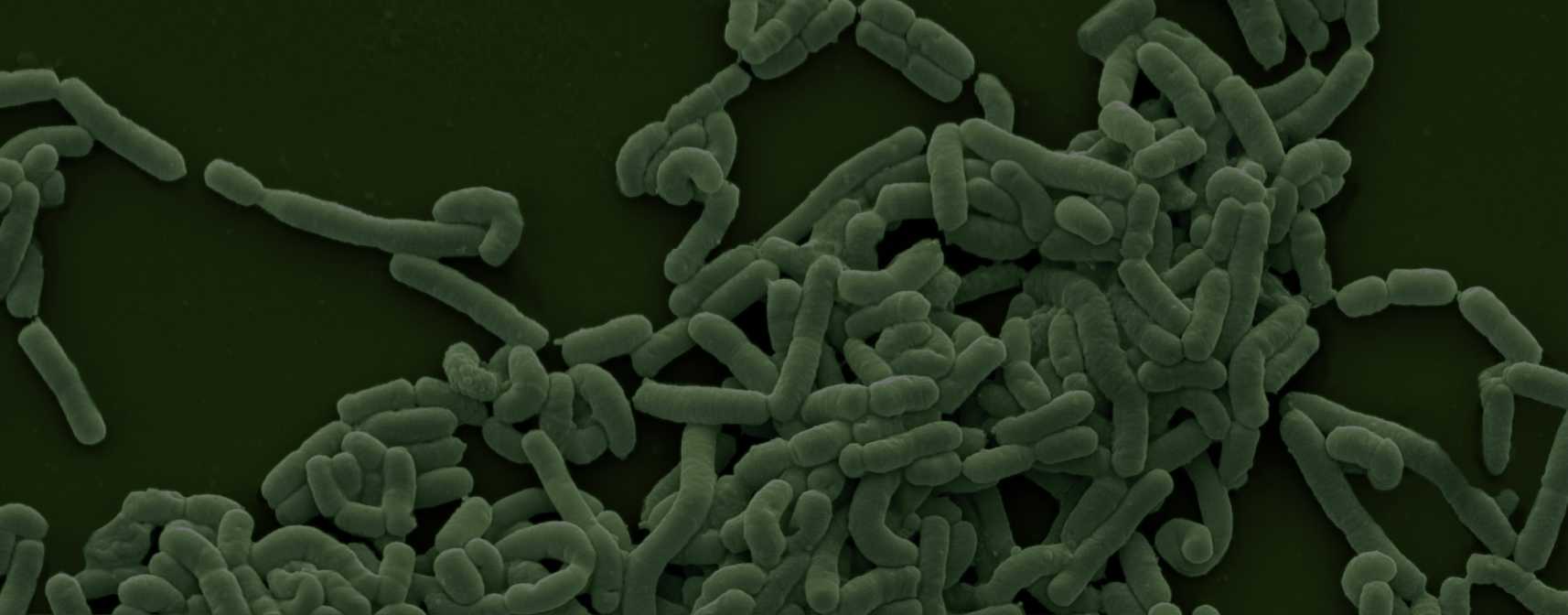
Solution Seeking Microbes
How can we harness the power of microbes to provide solutions to our local and global problems?

PRESS PLAY TO WATCH Video Intro
AG/ENVIRONMENTAL | UNIT 5
UNIT 6 At a Glance
STORYLINE
- Explore various properties of bacteria and the impact microbes have on the environment, food production, and human health.
PACING
- 9 week unit
- 45-minute classes
- Built in flex days
FRAMING
- Standards Aligned
- Driving Question
- Engineering Design Process
- Project Based
LESSON PLANS AND LABS
- 8 Lessons with Lab Elements
- 2 Core Labs
- 1 Final Project
Lesson Plans, Labs and Student Capture Sheets
This unit includes lesson plans, labs, student capture sheets that empower educators to engage all students. These lesson bundles can be downloaded, for use in the classroom.
Complete UnitZIP, 189.4 MB
Introduction
Ag/Environmental
Solution Seeking Microbes
Students will research and prototype options on how to use microbes to solve issues surrounding health, the environment, or other community problems. These prototypes will be showcased in a culminating conference event called Micro-con.
Lesson 1
Ag/Environmental
Superhero Microbes
5 classes
Why are some microbes considered superheroes? Students create a cartoon strip that illustrates an analogy between unique bacterial properties and superheroes.
Lesson 2
Ag/Environmental
Yogurt Fermentation
5 classes
1 lab
How do microbes influence food and human health? Students identify relationships between the microbiome and health through their own cultural lens.
Lesson 3
Ag/Environmental
Microbes and Food (Menu)
3 classes
How are microbes used in food production? Students design a menu where microbes were utilized in the production of the food.
Lesson 4
Ag/Environmental
Antibiotics, Resistance, and Combating Disease
3 classes
How are new treatments and therapies safely tested on humans? Students investigate how antibiotic resistance arises and explain the importance of using antibiotics appropriately.
Lesson 5
Ag/Environmental
Bacterial Defense
6 classes
How do bacteria defend themselves against pathogens? Students understand the various techniques microbes use to defend against phages and examine the impact the phage-microbe relationship has on the environment, food production, and human health.
Lesson 6
Ag/Environmental
Uses of CRISPR and Bioethical Decision-Making
3 classes
Why are bioethical considerations important when making decisions about biotechnology? Students justify the choice of whether or not to utilize microbial defenses, such as CRISPR, for human benefit.
Lesson 7
Ag/Environmental
Detecting Wolbachia: A Microbe to Control Disease
5 classes
1 lab
How can infection with Wolbachia impact insect populations and be used to solve problems, such as insect-borne disease? Students explore relationships between microbes and other organisms using DNA technologies.
Lesson 8
Ag/Environmental
Microbes and Balance in the Environment
4 classes
How can we engineer microbes to convert waste products into something useful? Students explore relationships between microbes and other organisms using DNA technologies.
Lesson 9
Ag/Environmental
Design Thinking to Identify Challenges
5 classes
How can we use the principals of design thinking to identify local and global challenges that can be solved with microbes? Students use an empathy interview to identify a problem involving climate change, disease, pollution or food production.
Lesson 10
Ag/Environmental
Microbes to the Rescue
6 classes
How can we use microbe superpowers to solve our local and global problems? Students create a proposal for a solution that uses microbes to equitably and ethically solve a problem, before presenting it to community members.
